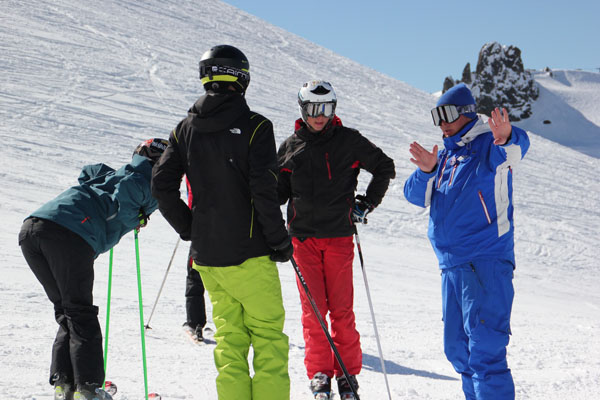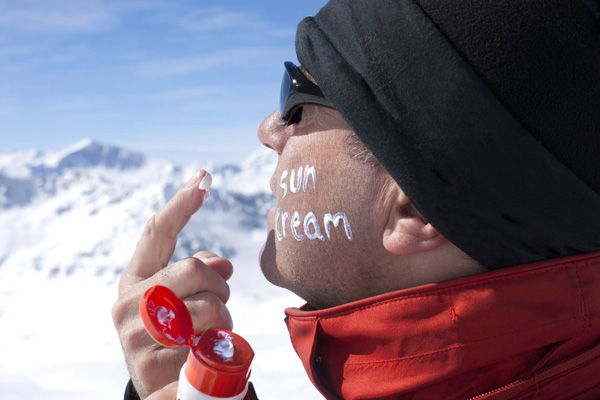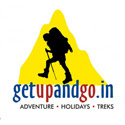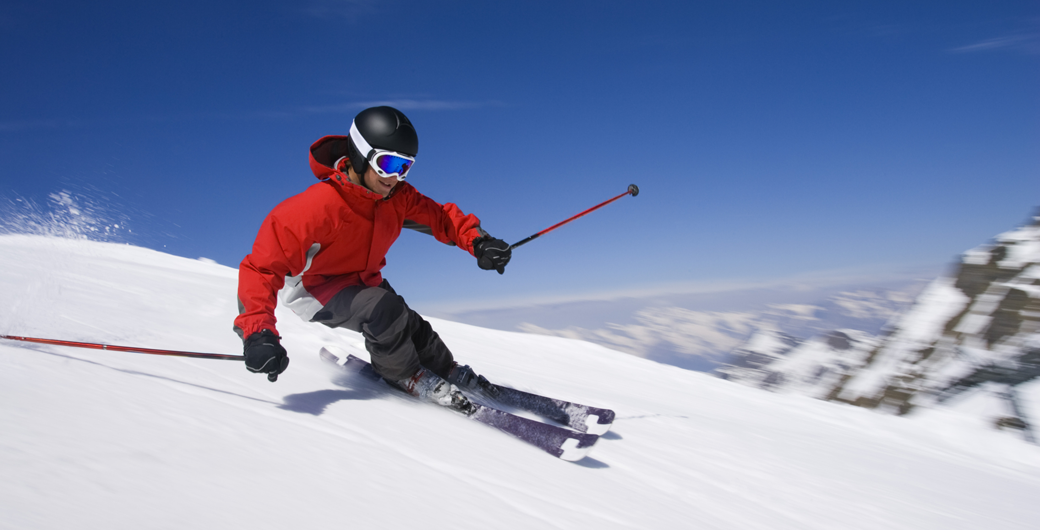It’s winter again, and the woolen clothes come out of the closets. It’s also time to change the menu to include hot soups and other spicy pakodas! And everybody’s winter favourite “hot chocolate” will be the drink of the season.
As winter sets in, some of the mountains get a good snow cover, making them a perfect ski zone. The higher slopes make it all the more interesting, as it adds more vertical length to the downward slope, thus making it a fantastic ski trail. Such ski trails are to be found across the snow-covered Himalayan mountains, waiting for skiers to zoom through them at adrenalin- pumping speeds!
Well with fun, comes safety aspects that need to be considered. Therefore the following pointers will help first-time skiers to avoid some common mistakes while skiing.
Here are the Do’s & Don’ts for a first-timer.
Skiing Pointer #1: Plunging in with no Experience
This is for those who usually go by the book. Although it is important to first read the safety instructions, but to learn to ski, you need a qualified skiing instructor who will teach you how to stop and turn, control your speed, how to approach a slope, etc. Also attempting to mimic someone’s moves, or even trying it out on your own, not only makes it tough to learn but could also prove to be fatal.

Skiing Pointer #2: “Sunscreen is Not Optional”
Skin burn is a potential hazard for skiers, so it is better to use sunscreen before venturing out onto the slopes. These high-altitude ski slopes attract maximum amount of UV rays that penetrate through the skin and may cause health issues. So however secure one feels or whatever the weather is like, one should use sunscreen which acts as a UV filter and will save your skin. In fact, “skier sunburn” caused due to prolonged exposure to sunlight is something which even seasoned skiers try to avoid.

Skiing Pointer #3: Buying low-quality Skiing Equipment
When it comes to buying skiing equipment it is important to know the quality of what one is buying. Ski boots, helmets, etc., need to be of a very good quality and its trustworthiness needs to be tested before buying them. So the better, and less expensive option would be to rent out the skiing gear from a ski-rental shop, as they provide tested and high-quality ski-equipment for rent. Moreover, such rental shops also advise you on everything connected to skiing, as they are usually run by skiers themselves.

Skiing Pointer #4: Choosing the Wrong Type of Skiing Outfit
Skiing requires special clothing too. Not just any outfit which will keep you warm, but special clothing that keeps moisture at bay and is a blend of polyester, polypropylene, wool and silk. Look for thermal underwear made of a synthetic, usually polyester, fibre that has “wicking” power. This means the fibres will wick (move) moisture away from your skin and pass it through the fabric so it will evaporate. This keeps you warm, dry and comfortable. Silk is also a good, natural fabric that has wicking abilities. Even though it’s cold, you will sweat. Stay away from wearing cotton clothing (jeans, sweatshirts, sweatpants, etc.) next to your skin, because it will absorb sweat and snow and make you cold. For that same reason, wool or acrylic socks are better than cotton athletic socks.

Skiing Pointer #5: Underestimating the Body’s need for Fluids
Skiing is an adventure sport that happens on mountain slopes located at a higher altitude so this makes the air at that altitude much thinner than what is available at ground Zero. Since air density reduces as one goes higher up, this causes low oxygen intake by the body causing dehydration and /or nausea. Moreover, what adds to the problem is the fact, that one usually consumes less water since the likelihood of feeling thirsty goes down drastically during the cold winter season, but that does not mean the body needs less water.

So keep hydrating yourself to avoid altitude sickness. The body also needs water for many cellular activities as part of generating and conserving energy. Moreover, carry water bottles while skiing is impossible, so small hydration packs come in handy.



